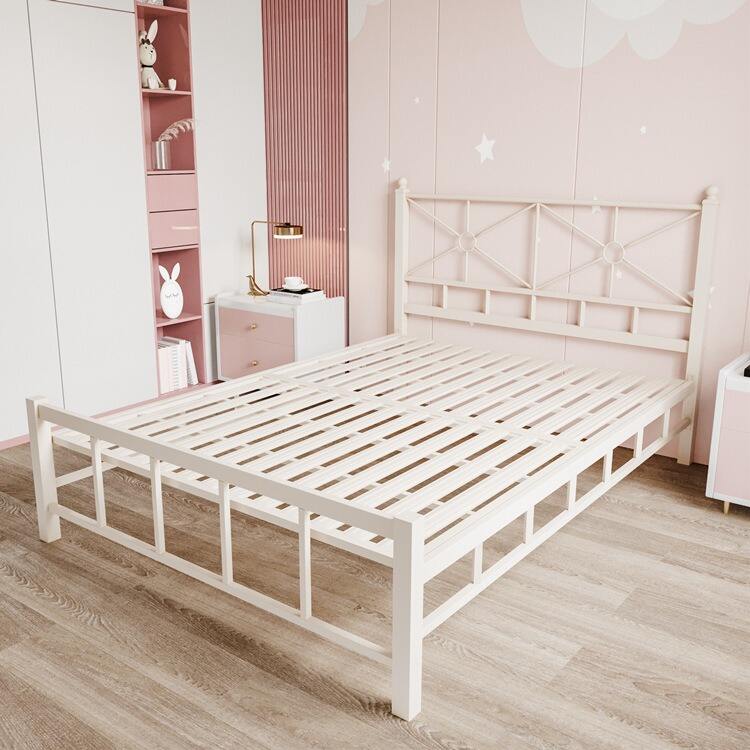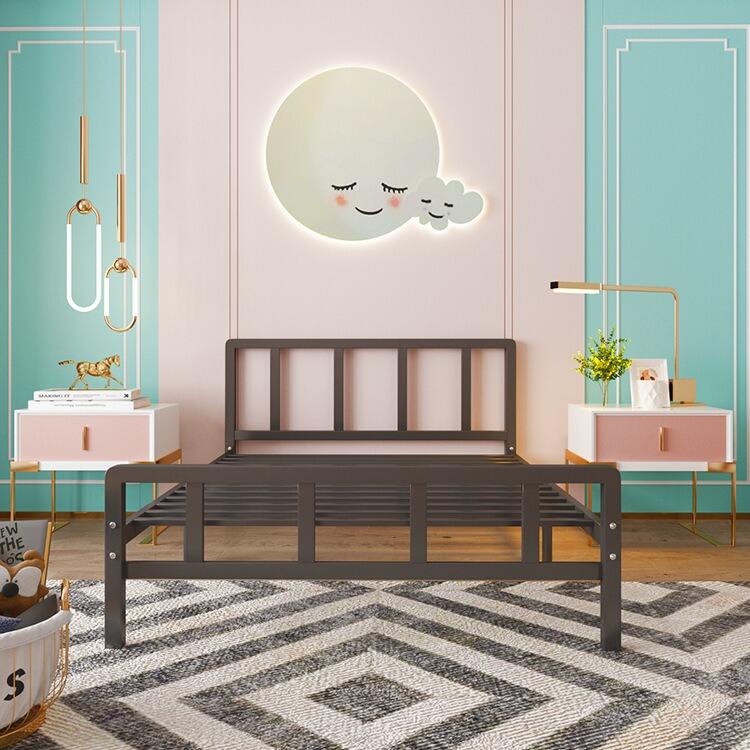Understanding the Fundamentals of Single Bed Selection
Selecting a single bed represents a significant investment in your daily comfort and wellbeing. Whether you're furnishing a guest room, children's bedroom, or compact living space, a single bed serves as the cornerstone of restful sleep. The right choice combines durability, comfort, and style while maximizing available space. As we explore the essential aspects of single bed selection, you'll discover how to make an informed decision that ensures years of comfortable sleep.
Key Components of a Quality Single Bed
Frame Materials and Construction
The foundation of any single bed lies in its frame construction. Solid wood frames, particularly those crafted from oak, maple, or pine, offer exceptional durability and natural beauty. Metal frames, while typically more affordable, can provide remarkable strength and contemporary aesthetic appeal. Modern single bed frames often incorporate reinforced corner brackets and central support bars to prevent sagging and ensure longevity.
When examining frame quality, pay special attention to the joints and connection points. Dovetail or mortise-and-tenon joints in wooden frames indicate superior craftsmanship, while welded joints in metal frames should be smooth and consistent. The frame should feel stable without any wobbling or creaking when pressure is applied.
Mattress Support Systems
The support system beneath your mattress plays a crucial role in both comfort and mattress longevity. Traditional box springs provide classic bounce and support, while solid platforms offer firmer, more consistent support preferred by many modern mattresses. Slat systems, particularly those with adjustable slats, allow customization of firmness zones and promote better airflow.
Quality single bed support systems typically feature slats spaced no more than 3 inches apart to prevent mattress sagging. Some advanced designs incorporate adjustable lumbar support zones or shock-absorbing technology to enhance sleep quality and extend mattress life.

Dimensional Considerations and Space Planning
Standard Single Bed Measurements
A standard single bed typically measures 36 inches wide by 75 inches long, though variations exist across markets and manufacturers. Understanding these dimensions is crucial for room planning and ensuring adequate space for movement around the bed. Consider both the mattress dimensions and the total footprint of the bed frame, including any headboard or footboard.
For taller individuals, extended-length single beds measuring 80 inches in length offer additional comfort without sacrificing the space-saving benefits of a single width. Always factor in clearance space for bedding and any under-bed storage solutions you might want to incorporate.
Room Layout Optimization
Strategic placement of a single bed can maximize both floor space and functionality. Consider positioning against a wall to create more open space, or utilize corner placement for optimal room flow. The bed's orientation should account for natural light, door swing paths, and access to electrical outlets.
When planning your layout, remember to allow at least 24 inches of walking space around the accessible sides of the bed. This ensures comfortable movement and easy bed-making while maintaining a spacious feel in the room.
Comfort Features and Materials
Mattress Compatibility
Different single bed frames accommodate various mattress types differently. Memory foam mattresses generally perform best on solid or closely-spaced slat platforms, while traditional innerspring mattresses may benefit from box spring support. Consider the warranty requirements of your chosen mattress type when selecting a bed frame.
The height of your single bed frame should complement your chosen mattress thickness to achieve an ergonomic total height. Most comfortable beds position the sleeping surface between 22 and 25 inches from the floor, allowing easy entry and exit.
Temperature Regulation Elements
Modern single beds often incorporate features to enhance sleep comfort through temperature management. Look for frames with adequate ventilation through slat systems or built-in airflow channels. Some advanced designs include moisture-wicking materials or temperature-regulating components in headboards and surrounds.
Consider how different frame materials affect temperature comfort. Metal frames tend to conduct temperature more readily than wooden ones, while upholstered frames can provide additional insulation. The interaction between frame design and mattress ventilation significantly impacts overall sleep temperature regulation.
Style and Aesthetic Integration
Design Elements and Finishes
Today's single beds come in an array of styles, from minimalist platform designs to elaborate traditional frames with ornate details. Consider how the bed's aesthetic will complement existing room décor and maintain its appeal over time. Neutral finishes offer versatility, while statement pieces can serve as room focal points.
Material finishes significantly impact both appearance and maintenance requirements. Powder-coated metal resists scratches and corrosion, while sealed wood finishes protect against moisture and wear. Choose finishes that balance visual appeal with practical durability.
Customization Options
Many single bed frames offer customization possibilities to match specific needs and preferences. Interchangeable headboards, adjustable height settings, and modular components provide flexibility as needs change. Some manufacturers offer custom finish options or dimensional modifications to perfectly suit your space.
Consider future adaptability when selecting customizable features. Beds with convertible elements or expandable designs can accommodate changing needs, particularly in children's rooms or multi-purpose spaces.
Frequently Asked Questions
What is the ideal weight capacity for a single bed?
A quality single bed should support at least 250-300 pounds, including the weight of the mattress and occupant. However, many modern frames offer higher weight capacities of 400-500 pounds for added durability and longevity.
How often should a single bed frame be replaced?
With proper care and maintenance, a well-constructed single bed frame should last 10-15 years. However, signs of wear such as squeaking, instability, or visible damage may indicate earlier replacement is needed.
Can I use an adult single bed frame for a child's room?
Yes, adult single bed frames are suitable for children's rooms, provided they meet safety standards and appropriate height requirements. Many parents prefer adult frames for their durability and longevity as the child grows.
What maintenance does a single bed frame require?
Regular maintenance includes tightening all connections every 6-12 months, checking for loose slats or support components, and cleaning according to the material specifications. Wooden frames may need occasional refinishing, while metal frames should be inspected for rust or wear.


